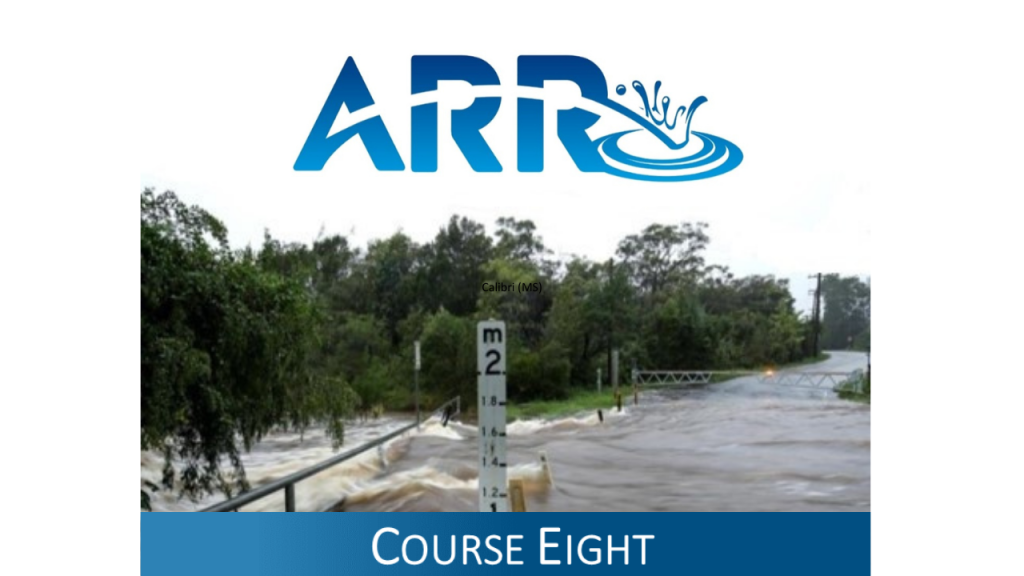On-demand
ARR Course #8: Urban Flood Modelling
Learn to calculate urban losses and apply conveyance and volume control measures.

About
This 3-hour course builds on ‘ARR Course: Urban Approaches’ with experts providing detailed urban flood modelling using 2D direct rainfall and examples from brownfield and greenfield sites.
Participants will gain skills in urban flood modelling with practical tips and checks for direct rainfall. The course will explore case studies for brownfield and greenfield sites, learn to apply conveyance and volume control measures, and calculation of urban losses.
Details
| Format | 3-hour course + pre/post-course materials via the learning platform (30 days access for individual course: 4 months access for the series) |
|---|---|
| Cost | AUD$325.00 (INC GST) or combine with the complete ARR Training Series and save $400 |
| Code | OD-21-1-008 |
| Contact | training@awschool.com.au |
| Tags | Surface water hydraulics / Surface water hydrology / Modelling general knowledge / ARR |
Register your interest: https://awschool.com.au/training/arr-urban-flood-modelling/
Presenters
Peter Coombes
Urban Water Cycle Solutions and Australian National University
Professor Peter Coombes is an honorary and visiting professor at The Australian National University and a director of Urban Water Cycle Solutions. Peter is currently an editor of the Urban Book of Aus... Read more
Steve Roso
Environmental Engineer
Steve Roso is an environmental engineer with 20 years of experience in floodplain management and urban drainage. During this time, Steve has held senior roles as an engineering consultant and as a sto... Read more
Mark Babister
WMAwater
Mark is a national leader in floodplain management and analysis. Mark has successfully completed numerous hydrologic, hydraulic, floodplain management, infrastructure and dam studies. Mark’s clear, ... Read more
Monique Retallick
WMAwater
Monique has 12 years’ experience in hydrology, 2d modelling and design of major waterway openings for road projects particularly on large and coastal rivers. Monique has extensive experience in the... Read more





